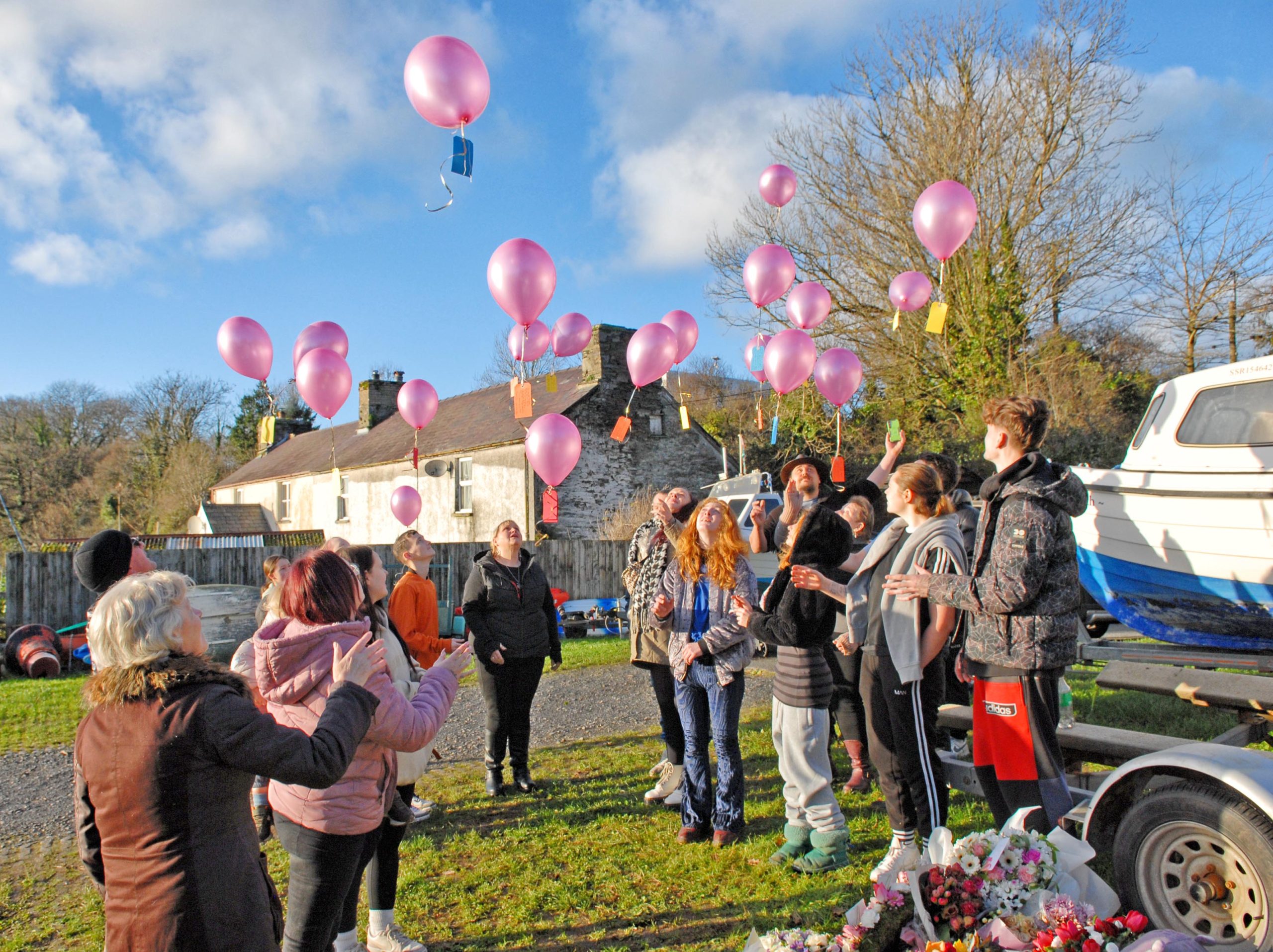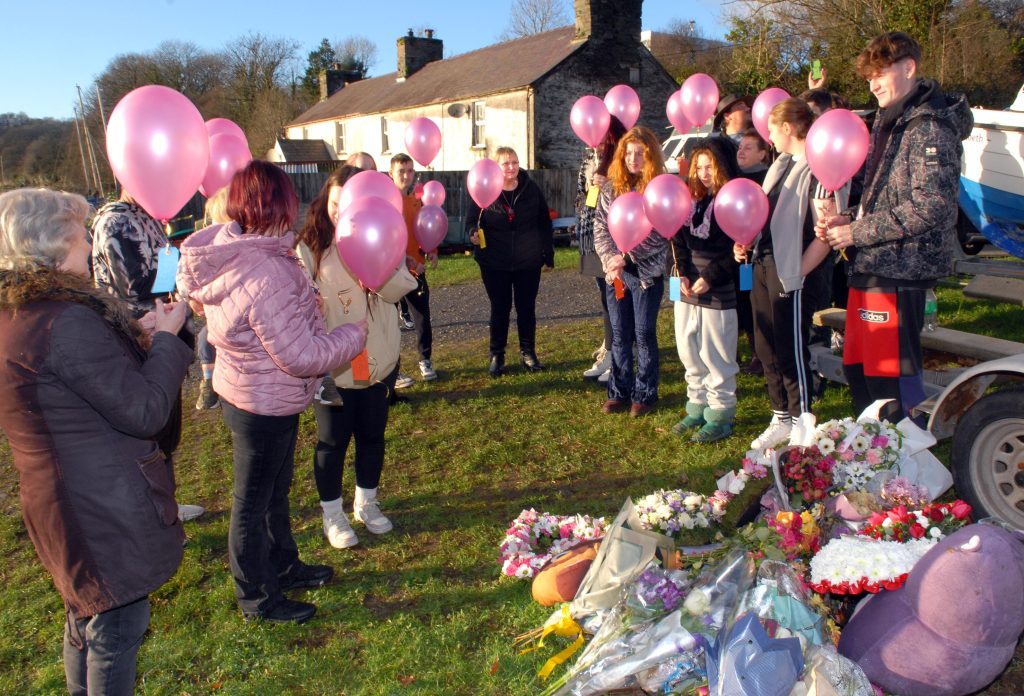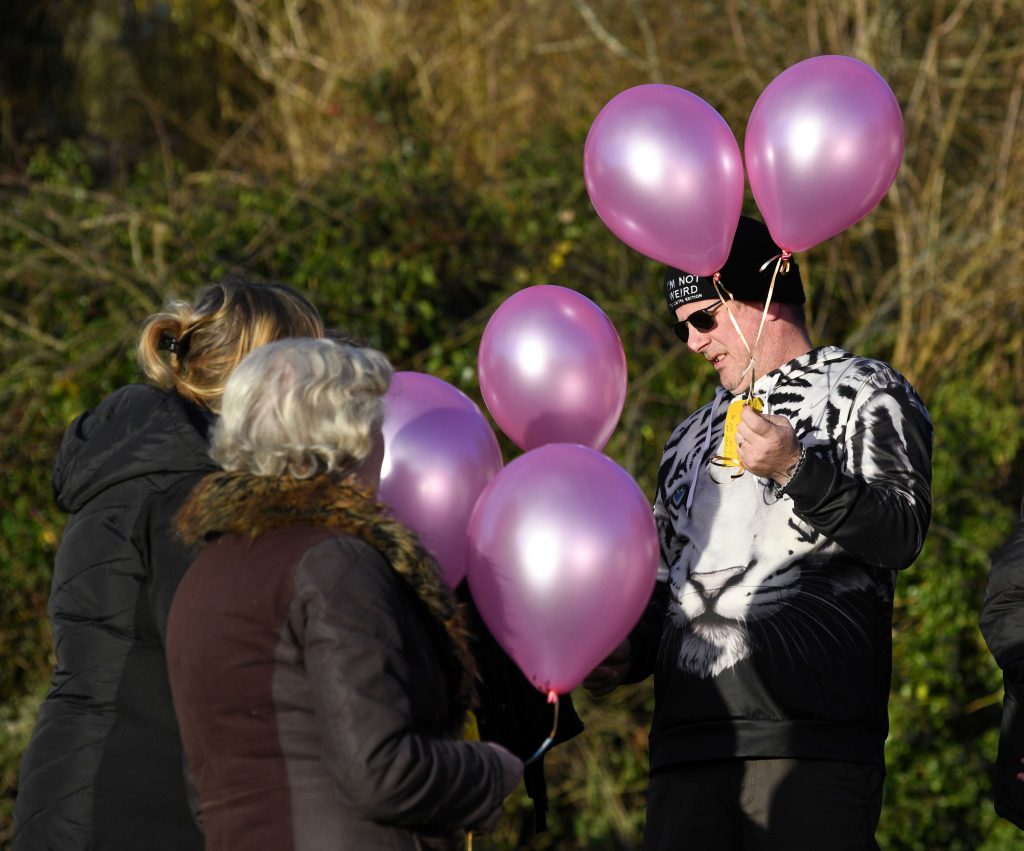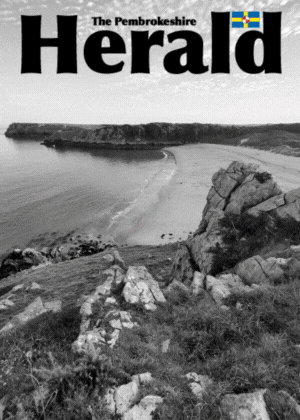News
£44k secured for policing centre

 DYFED-Powys Police and Crime Commissioner Christopher Salmon has secured almost £44,000 to launch a Centre for Rural Policing and Justice.
DYFED-Powys Police and Crime Commissioner Christopher Salmon has secured almost £44,000 to launch a Centre for Rural Policing and Justice.
The grant, from the College of Policing, will see Mr Salmon and Dyfed-Powys Police collaborate with the Cardiff-based Universities’ Police Science Institute (UPSI) and others to start a high-level network to develop new expertise in keeping rural communities safe from crime.
Mr Salmon said: “The work we do with UPSI and others will lead to people in some of our most isolated areas feeling safer.
“I’m thrilled that my office has secured this substantial sum from the College’s innovation capacity building fund.
“This collaboration will initially build new working relationships between academic establishments, Dyfed-Powys Police and my office.
“This will help develop new skills throughout the police force to build and use research evidence to improve all aspects of frontline policing.”
The Centre for Rural Policing and Justice will provide a network to develop and share information, best practices and approaches to rural policing. Its work will improve policing and justice in rural areas – the biggest challenge faced by Dyfed-Powys Police.
The key collaborative approach is one of a partnership between the Commissioner’s office, Dyfed-Powys Police and UPSI.
The wider collaborative approach will involve a network between academic institutions across Wales, such as Aberystwyth University and University of Wales Trinity Saint David, using a mixture of skills and expertise. It will also incorporate organisations from the voluntary and private sectors. Mr Salmon, who has committed £5,000 to the centre’s launch costs of around £49,000, said:
“What works in policing in rural areas and communities is an issue that has been neglected by researchers, policy makers and practitioners.
“Compared with the amount of attention paid to policing urban environments, little attention has been directed to the particular policing needs of people living and working in rural areas. “This is despite rural communities presenting special challenges to the police, including isolation and limited access to resources.”
Professor Martin Innes, of UPSI, based at Cardiff University, said: “Understanding what are the key policing problems and priorities for people living in Dyfed-Powys, and then how they can be most effectively tackled, will be the focus for this new partnership.
“Using leading-edge data analytics and research, we will be looking to identify what works, what doesn’t and what’s promising in making communities safer.”
The Centre for Rural Policing and Justice’s work will feed into the National What Works Centre for Crime Reduction, providing robust and comprehensive evidence for police to tackle crime. College of Policing head of research Rachel Tuffin said:
“As the home of the What Works Centre for Crime Reduction, the College of Policing wants to build links between police and academia so the way we go about policing is as efficient and effective as possible.
“This funding will be a springboard for future research and learning so police officers and staff get the best evidence to help them cut crime and keep the public safe.”
The Dyfed-Powys grant comes from the College of Policing’s Innovation Capacity Building Fund and is for the current financial/calendar year.
Community
Community gathers to remember Corrina Baker

Lanterns and balloons released in emotional acts of remembrance
FAMILY, friends and members of the local community came together to remember Corrina Baker at a series of moving events held across west Wales this week.
Corrina’s funeral took place on Monday (Dec 15), a month after her death, with a public service held at St Mary’s Church. Mourners lined the route as her coffin was carried on its final journey in an elegant horse-drawn carriage, before a private cremation later took place at Parc Gwyn crematorium in Narberth.

Later that evening, shortly after 6:00pm, friends and relatives gathered at the Quayside in Cardigan for the first of two acts of remembrance to celebrate her life. Lanterns were lit and released into the night sky above the town as some of Corrina’s favourite songs were played.






On Tuesday afternoon (Dec 16), a second tribute was held near the location where Corrina was found. Twenty-one pink balloons — one for each year of her life — were released into a clear blue sky, each carrying personal messages in her memory.
Floral tributes continue to be laid at the Netpool, while a GoFundMe appeal set up in Corrina’s memory has raised more than £2,300. She has been described by those who knew her as “funny and bright”.
Dyfed-Powys Police have confirmed that their investigation into the circumstances surrounding Ms Baker’s death is ongoing. A 29-year-old man who was arrested on suspicion of murder has been released on bail while inquiries continue.
(Photos: Stuart Ladd/Herald)









Community
Six untaxed vehicles seized in Milford Haven police operation

SIX untaxed and abandoned vehicles were seized during a joint roads policing operation in Milford Haven on Tuesday morning.
Officers from the Milford Haven Neighbourhood Policing and Prevention Team (NPPT) worked alongside the Pembrokeshire Roads Policing Team as part of targeted enforcement across the town.
In addition to the vehicle seizures, a number of traffic offence reports were issued to drivers during the operation.
Police said the action formed part of ongoing efforts to improve road safety and tackle vehicle-related offences in the Milford Haven area.
Community
Candlelit carol service brings community together in Milford Haven

ST KATHARINE and St Peter’s Church in Milford Haven hosted its annual Candlelit Festival of Nine Lessons and Carols, bringing together members of the community for a traditional celebration of Christmas.
The service featured readings from the Mayor of Milford Haven, representatives of the Soroptimists, Milford Haven Amateur Operatic Society, the Headteacher and Head Prefects of Milford Haven School, Milford Haven Town Band, and NCI Wooltack Point.
Music for the evening was provided by organist Seimon Morris, Milford Haven Town Band and the Milford Haven Cluster Band, whose performances added to the atmosphere of the candlelit service.
The Friends of St Katharine and St Peter’s Church thanked all those involved and wished the community a happy Christmas.

-

 Crime14 hours ago
Crime14 hours agoMilford Haven man jailed after drunken attack on partner and police officers
-

 News4 days ago
News4 days agoDyfed-Powys Police launch major investigation after triple fatal crash
-

 Crime2 days ago
Crime2 days agoMan sent to Crown Court over historic indecent assault allegations
-

 Crime1 day ago
Crime1 day agoMan charged with months of coercive control and assaults
-

 Crime4 days ago
Crime4 days agoMan spared jail after baseball bat incident in Milford Haven
-

 Crime12 hours ago
Crime12 hours agoTeenager charged following rape allegation at Saundersfoot nightclub
-

 Crime2 days ago
Crime2 days agoMilford Haven man admits multiple offences after A477 incident
-

 Education7 days ago
Education7 days agoTeaching assistant struck off after asking pupil for photos of her body



















